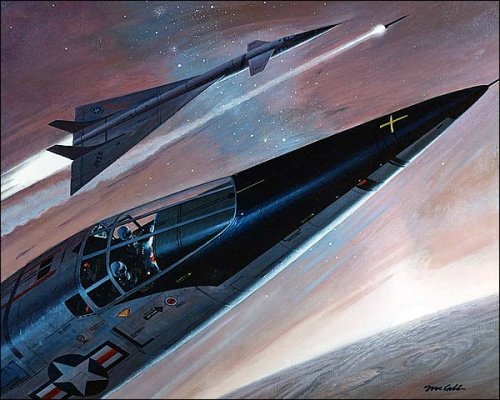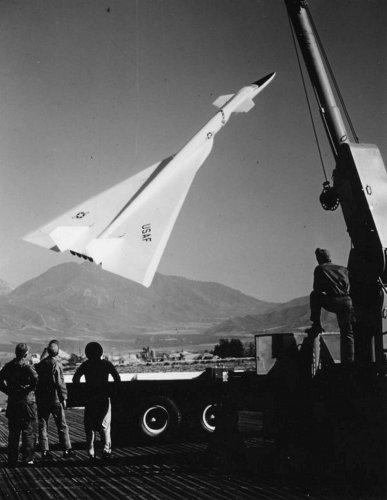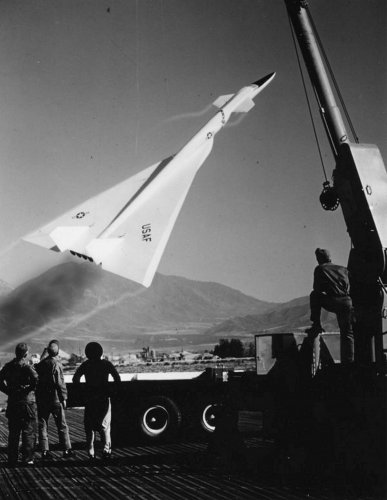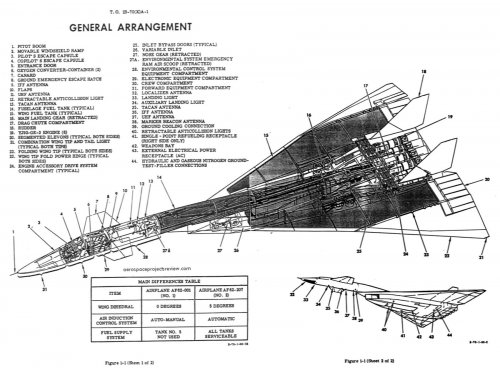Had the B-70 gone into production and service, a few things seem likely:
1) No B-1 bomber, certainly not on the Real History schedule
2) the B-70 would have been blisteringly expensive
So the USAF would have had the B-52 bomb truck and the terribly expensive B-70 fast-reaction vehicle. It seems likely that the USAF would have made efforts to reduce the cost of operations of the B-70, so that would be a good thing. Additionally, the *only* advantage that the expensive, RCS-the-Size-of-Mt.-Rushmore B-70 brings to the table is speed. So... when it flies, it probably generally flies fast. So there'd be a lot of experience with giant supersonic aircraft. This would aid not only in the design of followon giant supersonic aircraft, but also provide experience in *how* to operate giant supersonic aircraft - as in how to fly supersonically over the CONUS without the sonic boom being such a problem. So... *perhaps* the SST program actually comes to fruition sometime in the 70's.
And *perhaps* that's what replaces the B-70 by the 1980's... a "B-1" or "B-71" that is derived from the SST, which itself was aided along by the B-70. Boeing did have concepts for bomber versions of the 2707-100, so maybe...






